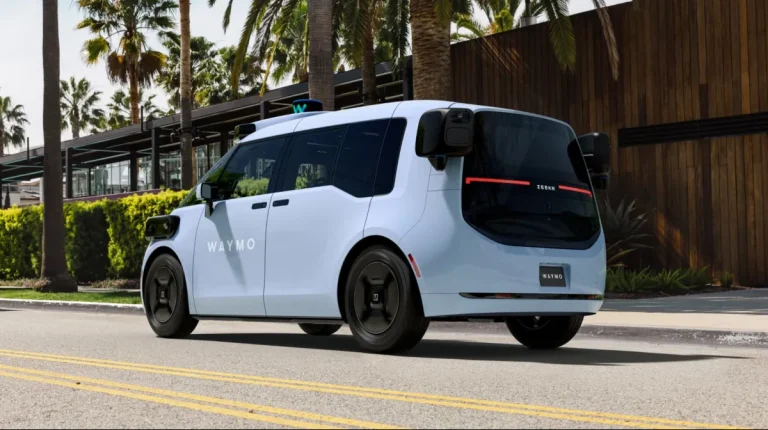Waymo has introduced its sixth generation robotaxi, featuring a sensor suite designed to deliver a better performance at a reduced cost, according to the company.
The sensor suite comprises 13 cameras, four lidars, six radars and an array of external audio receivers (EARs), and provides the Waymo Driver with overlapping fields of view from around the vehicle, reaching up to 500m.
Waymo, which is owned by google parent company Alphabet, currently operates commercial robotaxi services in Phoenix, Arizona, and San Francisco, California, with new services planned in Los Angeles, California, and Austin, Texas.
The sixth-generation robotaxi, an electric minivan by Chinese auto maker Zeekr, builds on the capabilities of the fifth-generation system.
In a blog post on the company’s website, Satish Jeyachandran, Waymo’s vice president of engineering, said “We’ve significantly reduced the cost of our sixth-generation system while delivering even more resolution, range, compute power, and enabling more capabilities.”
The company says that advancements in sensor technology and strategic placement have enabled it to reduce the number of sensors while maintaining safety-critical redundancies.
Waymo’s new system is currently undergoing a combination of closed course testing, simulation and public road testing.
“Our sixth-generation sensor suite already has thousands of miles of real-world driving experience under its wheels and millions more in simulation. With safety as our guiding principle, our system’s performance in simulation shows promising indications that we are on track to begin operating without a human behind the wheel in about half the time,” wrote Jeyachandran.


